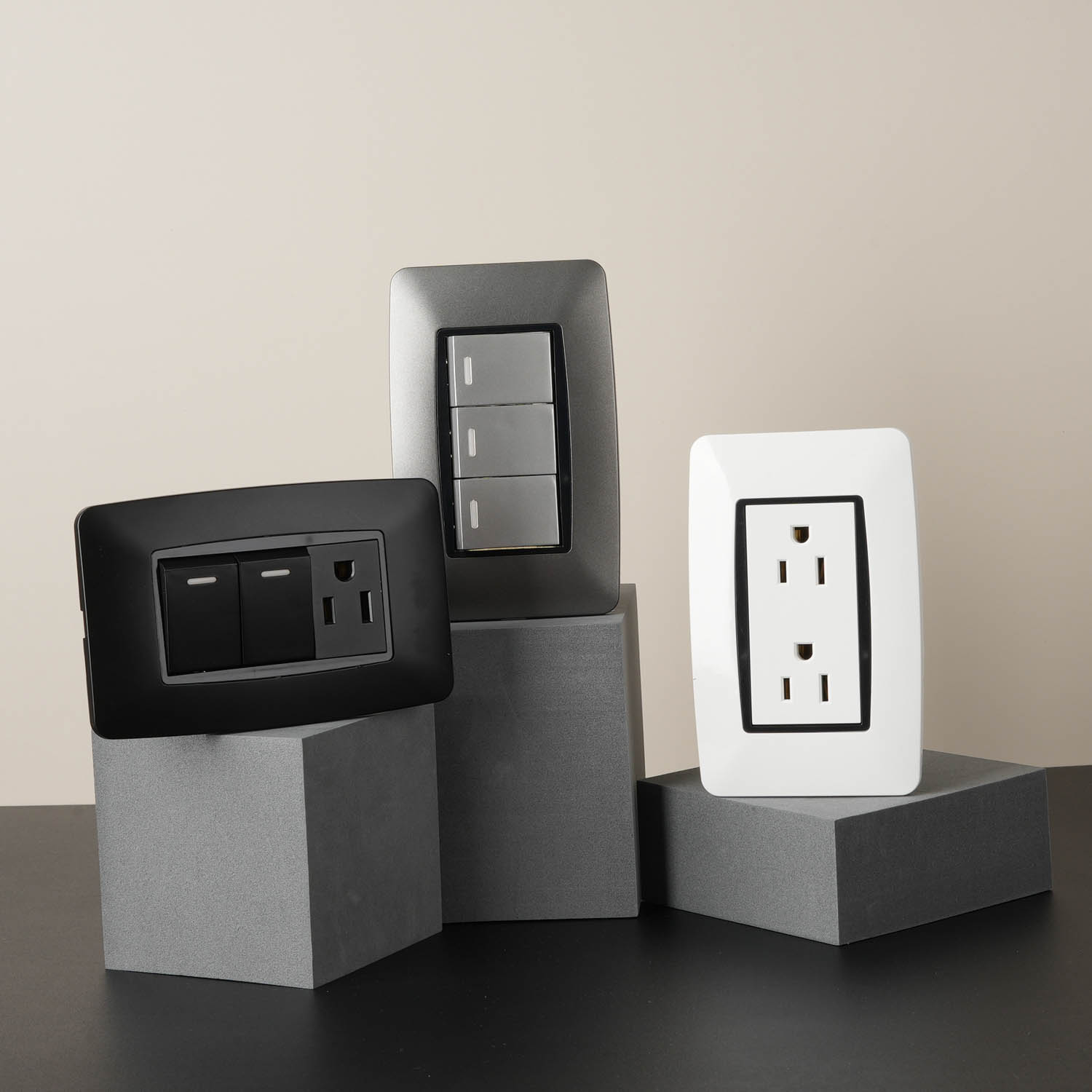Categories
- Blog (315)
They are ubiquitous fixtures, found in homes, offices, and public spaces worldwide, serving as the vital link between electrical devices and the power grid. Despite their understated appearance, power outlets play a fundamental role in modern society by facilitating electrical connectivity in virtually every aspect of our daily lives.
The history of power outlets is intertwined with the evolution of electricity itself. Early iterations were simple receptacles designed to accommodate basic plug designs, allowing users to connect lamps, appliances, and other electrical devices to the power supply. Over time, as electricity became more widespread and standardized, power outlets evolved to incorporate safety features and accommodate a broader range of plug types and voltages.

Functionally, power outlets provide the means for electrical devices to access the power grid. When a plug is inserted into an outlet, it establishes a connection with the electrical wiring behind the wall, allowing electricity to flow to the connected device. Power outlets are typically wired in parallel, enabling multiple devices to be powered simultaneously from the same electrical circuit. This functionality is essential for powering our diverse array of electronic gadgets, appliances, and lighting fixtures.
A Brief History of Power Outlets:
The concept of power outlets dates back to the late 19th century with the widespread adoption of electric lighting systems. Early outlets were simple receptacles designed to accommodate two-pin plugs, allowing users to connect lamps and other electrical devices to the power supply. Over time, as electricity became more prevalent, standardized designs and safety features were introduced to enhance usability and prevent electrical hazards.
Types and Varieties of Power Outlets:
Power outlets come in various types and configurations to accommodate different plug designs and voltage requirements. Common types include standard outlets, which feature two or three slots for accommodating plugs with two or three pins respectively. Specialized outlets, such as those with USB ports or grounding pins, cater to specific needs and devices. Additionally, international standards dictate plug and outlet designs to ensure compatibility and safety across different regions.
Functionality and Operation:
The primary function of a power outlet is to provide electrical connectivity between devices and the power supply. When a plug is inserted into an outlet, it establishes a connection with the electrical wiring behind the wall, allowing electricity to flow to the connected device. Power outlets are typically wired in parallel, enabling multiple devices to be powered simultaneously from the same electrical circuit.
Safety and Regulations:
Safety is paramount when it comes to power outlets, as improper installation or usage can pose serious electrical hazards. Regulations and standards govern the design, installation, and testing of power outlets to ensure user safety and prevent accidents. Common safety features include grounding for protection against electrical shocks, insulation to prevent contact with live components, and circuit breakers or fuses to prevent overloads.
Smart Outlets and Home Automation:
Advancements in technology have led to the development of smart outlets, which incorporate wireless connectivity and programmable features. Smart outlets allow users to remotely control connected devices via smartphone apps or voice commands, offering convenience and energy savings. These intelligent outlets can be programmed to turn devices on or off automatically, schedule operation times, and monitor energy usage, contributing to a more efficient and connected home environment.
The Future of Power Outlets:
Looking ahead, the future of power outlets is poised for further innovation and integration with emerging technologies. Trends such as wireless charging, biometric authentication, and energy harvesting may shape the next generation of power outlet design. Additionally, advancements in materials and manufacturing processes may lead to more sustainable and environmentally friendly outlets.
Conclusion:
Power outlets are essential components of our electrical infrastructure, providing the connectivity needed to power our devices and appliances. From their historical origins to their modern-day functionality and safety features, power outlets have evolved to meet the changing needs of society. As technology continues to advance, power outlets will remain indispensable fixtures in our homes and workplaces, enabling us to stay connected and powered up in our digital age.